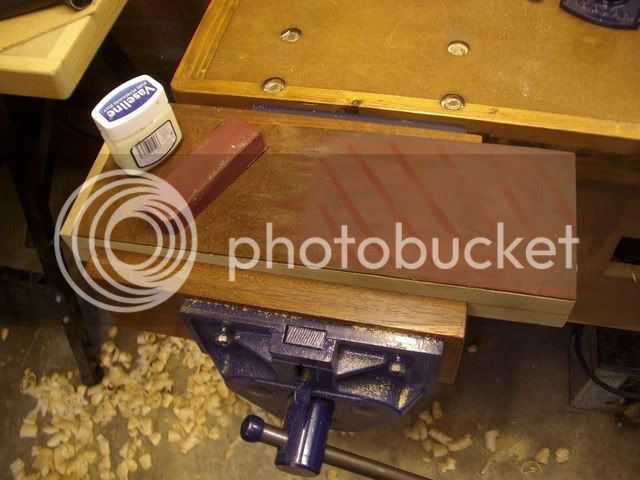bugbear
Established Member
Philly":mrhs6wtu said:Steve
Have you tried hollow grinding your irons? Freehand sharpening then takes seconds, regardless of the stones used. And I'm sure the old boys used to grind their blades on big water cooled wheels, so its a time tested method?
Cheers
Philly
Since their grind wheels were big, I suspect their bevels were more flat than hollow.
If I'm using this page correctly:
http://www.atmpage.org/contrib/Prewitt/sagitta/
A 300mm wheel (Radius of curvature) and a 8mm long bevel (diameter of mirror) gives a 0.02mm sagitta.
So the bevel is only hollow by 2 hundreths of a mm.
BugBear

































